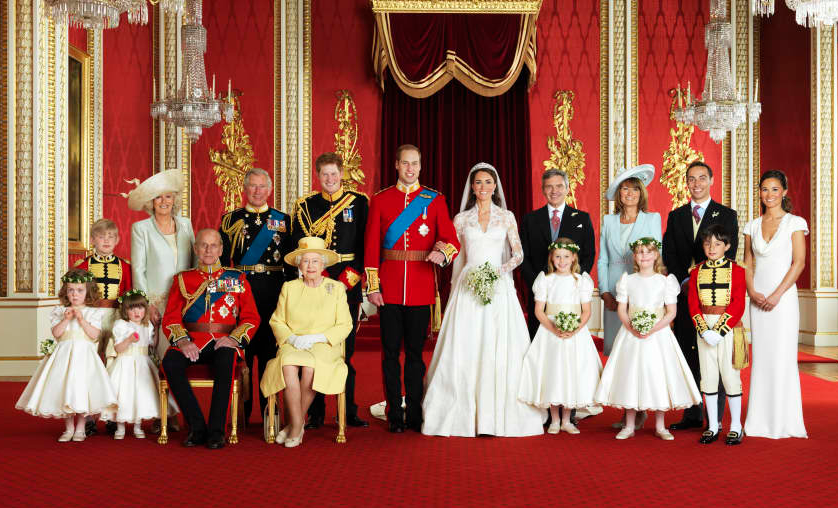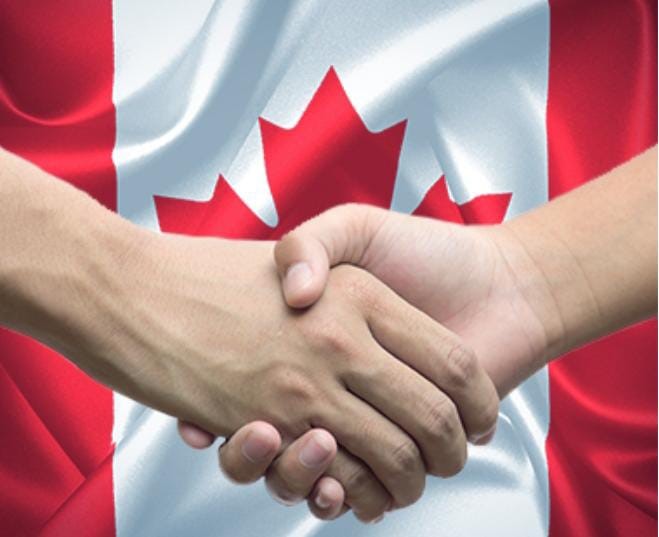
Mexico is an American country located in the southern part of North America. It is the third biggest country in Latin America; the first two biggest countries are Brazil and Argentina. The country is a federal country and is officially called the United Mexican States (Kästle).
Population and size
In 2020, the country had a population of slightly more than 128 million people, and thus the population must have grown to more than 130 million two years later by now (Worldometer, 2020). The largest and the capital of Mexico is Mexico City. The city is known to be one of the most populated cities and metropolitan areas globally. The national language which is widely spoken in the country is the Spanish language which was adopted by the Mexican people when they were under the control of Spanish governance for almost 300 years.
Mexico has more than 60 indigenous Amerindian languages. The indigenous languages are scattered within the thirty-one states of the country. The elementary indigenous language in the country is Nahuatl which is spoken by more than one million individuals. Other common indigenous languages include the Mayan language which is spoken by the Native Americans, Zapoteco, and the Mixteco. The Mayan language is spoken by 14 percent of these individuals and seven percent of the Native Americans the Mayan language (“Mexico – Language, culture, customs, and etiquette”). The area size of the land is 758,400 square meters and is bordered by the states of California and Texas in the United States to the north, Belize, and Guatemala in the southeast part, and the Caribbean Sea and the Gulf of Mexico in the eastern part of the country.
The Mexican peso is the currency used by the country. One United States dollar makes up about twenty Mexican pesos which are further divided into 100centavos. The currency is one of the most traded currencies globally.
Mexico has numerous international airports that offer both domestic and international flights to the United States and also direct flights to European countries. Some of the busiest airports include the Mexico City Airport which is the largest and the busiest in the country
(“Mexico airports – IATA codes, map and travel information,” 2020). It is also known as the
Benito Juarez airport serving the country and its metropolitan areas. The second busiest airport is Cancun airport in the Quintana Roo state in Cancun. It has four terminals, and it offers domestic flights and as well international flights to both North American and European destinations. The second-largest airport is Guadalajara airport, which is about 16 km from Guadalajara city center (“Mexico airports – IATA codes, map and travel information,” 2020). It has one passenger terminal that serves roughly 15 million passengers every year. Other international airports include Tijuana, Los Cabos, Monterrey, and Puerto Vallarta Airports.
Language

The control of Spanish for about 300 years in Mexico resulted in the dominance of the Spanish language in the land. Other civilizations also led to their language dominance for example the Mayan language which was introduced by the Mayan civilization back in 1000 BCE. Among the numerous Native American languages in Mexico. No language prevails among the different indigenous languages in Mexico. More than eighty percent of Mexicans who speak the indigenous language will also speak the Spanish language. More than 95 percent of the total population of Mexico speaks Spanish which is considered the country’s national language as per the General Law of Linguistic Rights of the Indigenous Peoples (Mexico – Language, culture, customs, and etiquette). The law has allowed all then minor indigenous languages to be spoken in the country. Only 1.2 percent of the Mexican cannot speak Spanish while about 7.1 percent can speak either one or several indigenous languages while the rest speak Spanish.
The American Native tribes (Kickapoo) have been acknowledged by the National Commission for the Development of the Indigenous Peoples. The Mayan languages among other regional indigenous languages are common in rural areas. Some vocabularies such as tomato, tequila, chocolate, coyote, avocado, and ocelot have their origin in the Nahuatl and English languages. There are approximately 1.5 million people who speak the Nahuatl language while about 80,000 speak the Yucatec Mayan language, and only about 100 speak the Lacandon language. The English language is widespread in the country and is used in Businesses and villages particularly the US retirees the villages such as the Baja in California, and Guanajuato in Chiapas villages. Some other European languages are used in respectable Mexican communities. These languages include French, Venetian, Plautdietsch, Romani, and German. Spanish serves as the medium of instruction as it is used in education, government, and other official purposes in the government.
Mexicans value masculinity (machismo) and men practice various outward traits to show masculinity. A man can give a remark to a woman as a stereotypical sign of masculinity. The sign does not usually take any form of torture or harassment. Mexican men have a belief that nothing should tarnish their images as men. During social places, the women will normally pat either on the shoulder or the right forearm as a form of greeting other than shaking hands (Mexico – Language, culture, customs, and etiquette). The men will at first shake hands. When men acknowledge themselves well, they will then go on to greet normally by back slapping and the traditional hug as a form of greeting (Mexico – Language, culture, customs, and etiquette).
People will normally tend to greet casually by saying (“Hola”) to say hello. They will also greet by saying “¿Qué tal” to mean “What’s up” or (“¿Cómo estás?” to say “How are you” in Spanish. The formal greetings may vary depending on the time. One may say (Buenos Dias) to greet someone, “Good day”, and (Buenas Noches) for “good evening or good night.” The greetings also vary in primarily indigenous towns like Oaxaca State where in many towns in that state, only a loose handshake is allowed. An embrace or kiss is unacceptable since having close physical contact with someone outside the family is uncommon.
Climate

The weather of Mexico is tropical, with an annual rainfall and a dry season, and there is not much variation in the temperature from one season to the next. Throughout the course of the year, temperatures in Mexico normally fluctuate between 50 and 90 degrees Fahrenheit throughout the whole country. Around 70 percent is the yearly average humidity.
Temperatures and humidity tend to be lower and temperatures tend to be colder in mountainous areas and any location above sea level. During the rainy season in Mexico, the country gets the majority of its yearly precipitation; in most areas, this amounts to around 40 inches.
History

In about 20,000 BC, nomadic Paleo-Indian communities are believed to have settled in the Mexican land from North America. In 1500 BC, permanent settlements were established due to intensive farming that was carried out of corn, beans, and squash. These were the native plants that were grown during that time until other civilizations came to the added and introduced other plants brought forth their civilizations. There have been 5 significant civilizations that have greatly influenced Mexico. These civilizations are the Toltec, Teotihuacan, Mexica, Maya and the Olmec empires. The earliest civilization was from the Olmec Empire which started in about 1400 BC. The empire was established between 1200 to 400 BCE. In 1000 BCE, the Mayan civilization started to establish itself and in 100 BCE, they built the first pyramid in the land.
From 150 AD to 650 AD, the Teotihuacan started to gain authority over the land after the Olmec and the Mayan started their power over the years. Teotihuacan Empire established a new political and economic Mexico. By 500 AD, they have established one of the biggest cities globally of that time.
In 700 AD, the Toltec civilizations started to stature the cultural and political command in the land. The Toltec Empire expanded south to Central America. After the fall of the Toltec civilization, the Mexica inherited the dominion. The Mexica are the desert people. They form one of the seven groups previously known as “Aztecs”. After taking the leadership of the Triple Alliance and starting to rule central Mexico, they expanded their political power. The Aztecs arrived in the valley of Mexico in 1200 CE. Tenochtitlan city has been established in 1519 and was the largest capital globally have about 360,000 who inhabited the city. Tenochtitlan served to be the future site of the modern city of the land.

In 1200 AD, the Aztecs arrived in the valley of Mexico and found Tenochtitlan city in 1325. In 1440, Montezuma became the empire of the land, leading the Aztecs as he expanded the land Hernandez de Cordoba was a Spanish explorer and he arrived and explores the southern shores of Mexico in 1517. In 1519, Hernan Cortez came to the Mexican land in Tenochtitlan city and Montezuma II was assassinated. Two years later, in 1519, the Aztecs are defeated by Cortez and he claimed Mexico for Spain. Mexico was named “New Spain” (Nueva Espa). During the1600s, the Spanish settlers started to arrive in Mexico since Spain had conquered all the parts of Mexico. The Spanish regime for about 300 years until 1807 when Napoleon I started to attack Spain, and Mexican took advantage of the situation. The Mexican people, under the leadership of a Catholic Priest, Miguel Hidalgo, began the Mexican war of independence. In 1811, the Spanish assassinated the priest, and in 1821, the war ended and Mexico gained its independence. It was declared an independent country and gained its sovereignty through the Cordoba treaty of 1821. Agustin de Iturbide became the first Mexican Emperor in 1822, and in 1824, the land was made a republic under Guadalupe Victoria as the president.
There have been various political figures, presidents, and dictators who have played significant roles in the country, particularly during the French intervention, the war of reform, the Mexican revolution, the Mexican-American war, and the Cristero war. These figures include Santa Anna, Emiliano Zapata, and several others (Bueno, 2016). In 1930, the country started to experience long periods of economic growth. She joins the Allies during the Second World War in 1942. A large 8.1 level earthquake occurred in Mexico City killing more than 10,000 individuals and destroying many parts of the city. In 1993, the North American Trade Agreement (NAFTA) between the United States and Canada was ratified. Vicente Fox broke the dormancy and became the first president under the opposition of the Alliance for change party. The PRI party had been winning since the Mexican revolution. Andres Manuel Lopez Obrador is the current and 65th president of the country since 2018 under the Institutional Revolution Party (“Partido Revolucionario Institucional”) in Spanish (Kästle). Mexico has remained to have a strong economy globally being among one of the 15 biggest economies globally. It is Latin America’s second-largest economy and has strong macroeconomic institutions always open to trade.



